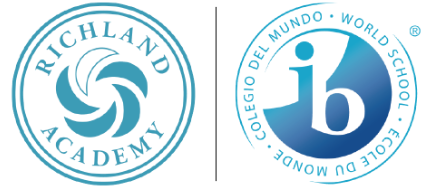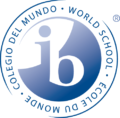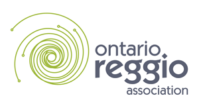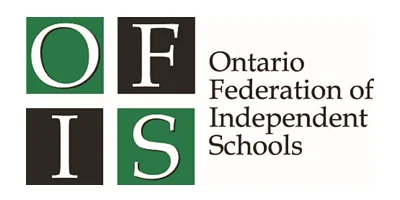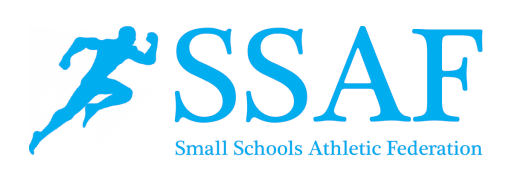In line with 21st century learning, Richland students are investigating problem-solving and exploring hands-on mathematics that can be applied to real life situations. Grade 4-6 Math and Science Teacher, Mrs. Pamenter, considers the interests of the students when organizing her math lessons because she appreciates math as “structured and spiralled.” Our Grade 4 students are using a problem-solving method, called Bansho, to define specific problems and build on the previous practices that they have learned. In this way they look at the past to help them ‘shape’ their future. Taking the student’s math objectives and making them practical, the Grade 4 and 5/6 classes are enjoying ‘Practical Application Mathematics’ in their exciting math projects, “Zoo Project: Measurement and Geometry in Action” and “Dramatic Mathematics: Bringing the Dramatic Flare to Mathematics,” respectively. In these projects, the students have to think about why they are doing what they do, making it vastly different than textbook math.
Bansho is a practical way of approaching problem-solving by learning different processes. Children work in small groups and use strategies, such as visualizing and creating lists, to help them solve problems (note: there are ten strategies in total). As the program develops, the strategies reveal themselves, and because strategies are interchangeable but do not all necessarily work in every situation, students develop skills that help them uncover which one will work best. Other grades also apply this problem-solving method to their math studies by activating prior knowledge that is suitable to their grade level. For example, when studying math, the Grade 5/6 students are asked to explore their answers and explain why it is the answer based on theories and proofs (“How did you know?”; “Prove it”), while their Learning Buddies, the Grade 1 students, converse and break things down (“Are you sure?”).
The Grade 4 “Zoo Project” examines the relationship between measurement and geometry and builds on the students’ research skills. There is a ‘story’ that goes with this project in which the students are ‘Architects’ who have been hired by Metro Toronto Zoo to design their newest exhibit. In this long-term project, students use their knowledge of technology, measurement and geometry to ultimately create and present their own accurate exhibits. The different steps- as outlined to the students- include: ‘Planning for Your New Arrivals,’ where students research and choose five animal pairs and study their habitats; ‘Enclosure Design,’ where they decide on five regular polygons that will meet the needs of each animal; developing a ‘Zoo-Print’ (=blueprint) for their exhibit, taking into account all elements, including footpaths; ‘Presenting to the ‘Board of Directors”,’ using the SmartBoard to present their ideas to the group, and; after the “Board of Directors” have decided on an ‘Architect,’ each group will measure and construct the chosen enclosure while exploring ‘Area, Angles and Architecture.’ At the completion of this project, students will examine their experiences and consider what they learned, the biggest challenges they faced and what advice they would offer future students working on this project.
The Grade 5/6 “Dramatic Mathematics” Project, where students have designed and created puppet theatres, brilliantly marries Dramatics Arts with Mathematics. The goal was for students to create a puppet theatre that could be used by Kindergarten students in future years, using mathematics skills, such as measurement, numeration, and algebraic problem-solving. The different steps included: establishing benchmarks for estimation; using conversion methods (metric vs. imperial); planning the puppet theatre, keeping in mind the approximate height and width of the person they are designing the theatre for and the amount of room they will need to move comfortably; researching materials and developing a cost analysis for their theatre; being measured on their ability to follow-through with their plan, and; using area and perimeter to consider the placement and exterior design of the theatre. A written reflection will have students thinking about how they think the kindergarten class will react to the puppet theatre for the first time, why this project is considered both a math and drama one, what challenges they faced as they designed and built their theatre, and what advice they would offer to future students doing a project like this.
The practicality of these unique math projects, among many others, is what makes them quite exceptional. Do you remember the last time you were genuinely energized about math? Richland students are excited to learn because they are engaged in hands-on learning that fosters a life-long love of learning. We are pleased to offer our students exceptional opportunities like this that allow them to expand their educational scope.
Prepared by: Melissa M. Mirabelli, Marketing & Events Coordinator

